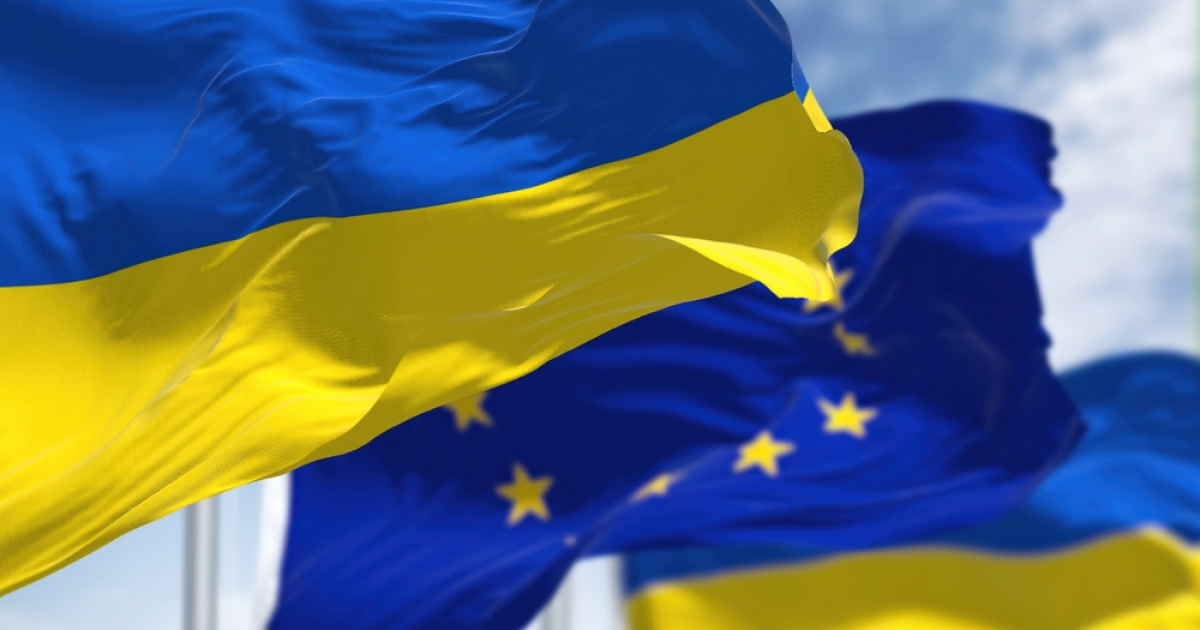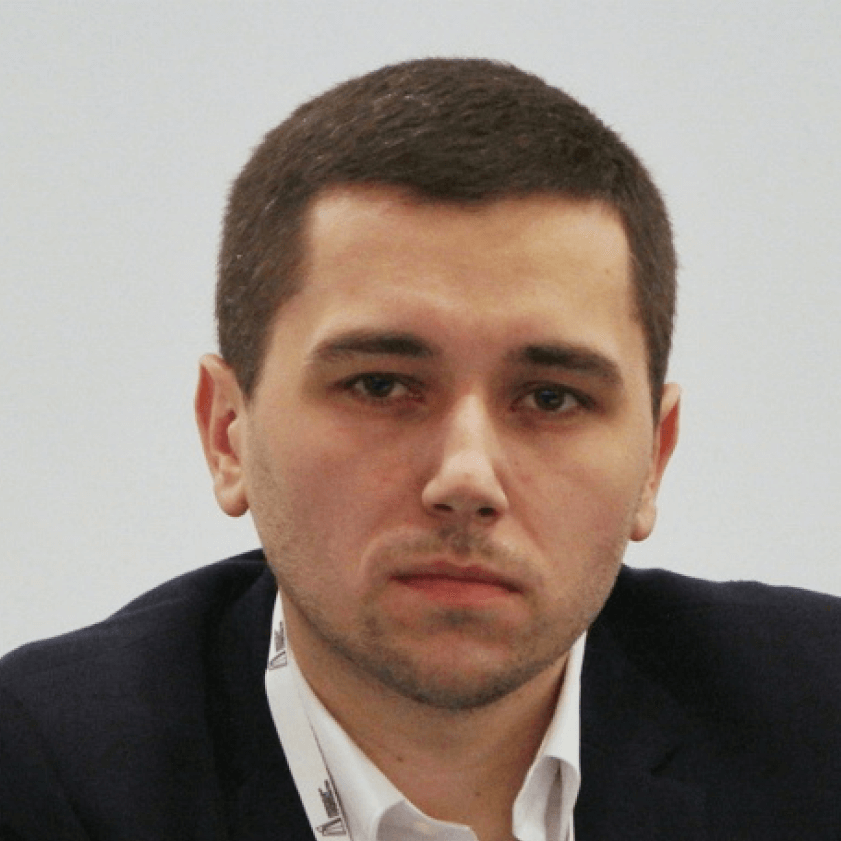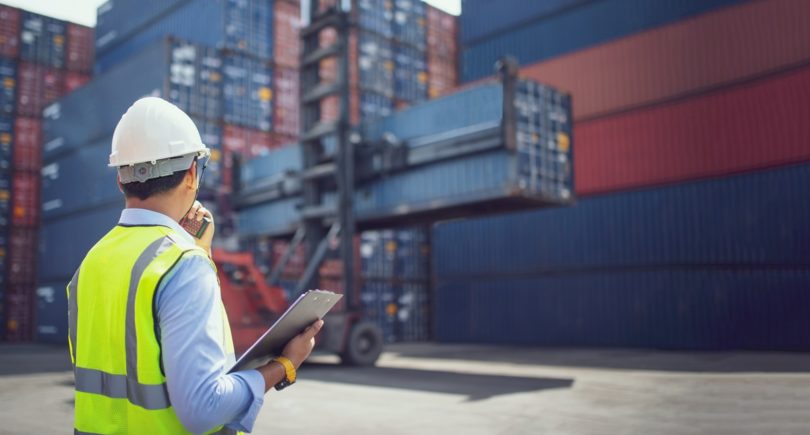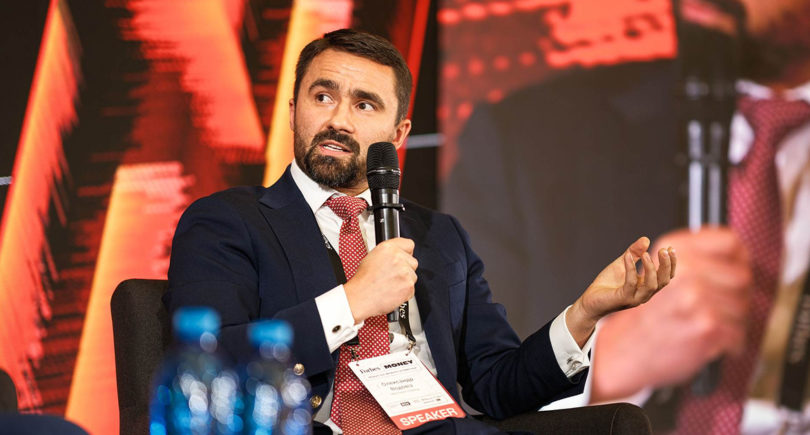
The parties will continue discussions on amendments to Article 29 of the Association Agreement
At a meeting of the Association Council, Ukraine emphasized the importance of extending the EU’s autonomous trade preferences until the end of 2025. This was reported by the Office of the Deputy Prime Minister for European and Euro-Atlantic Integration Olha Stefanishyna.
The Ukrainian side also emphasized the importance of revising the provisions on the Deep and Comprehensive Free Trade Area (DCFTA) as soon as possible in accordance with Article 29(4) of the Association Agreement.
The joint press release following the 10th meeting of the EU-Ukraine Association Council states that the autonomous trade measures (ATMs) introduced by the EU to support Ukrainian exports after the start of Russia’s full-scale invasion will expire on June 5 this year. Until the DCFTA agreement is amended under the Association Agreement, interim solutions may be introduced.
Earlier, Yevropeiska Pravda reported, citing a European official familiar with the progress of trade negotiations between the parties, that the EU would not introduce new trade preferences for Ukraine immediately after the expiration of the current ones.
According to the source, after June 5 this year, trade conditions will return to pre-war levels. According to the European official, the restrictive measures currently imposed on a number of commodities, such as chicken meat, eggs, etc., will also end.
At the same time, the EU, together with the Ukrainian side, will then propose some changes favorable to Ukraine. The European official added that the idea of leaving trade preferences for some Ukrainian exports to the bloc, such as steel, is being discussed.
Further, the source said, the EU will continue discussions on amending Article 29 of the EU-Ukraine Association Agreement to develop the most favorable trade conditions for the parties and support the Ukrainian economy in times of war.
“The European market is extremely important for Ukrainian steelmakers. Two-thirds of Ukraine’s steel exports are shipped to the EU market. That is why the non-extension of duty-free trade is one of the key risks for the domestic steel industry. If tariff quotas are reintroduced against Ukrainian steel, it will force us to reorient our exports to other regions. This would be tantamount to a reduction in exports, as Ukrainian products do not have the price advantage to allow for more expensive sea deliveries and competition with Asian or Russian products, especially in the harsh environment of trade wars. About 2 million tons of finished steel products from Ukraine are in question,” said Andriy Tarasenko, Chief Analyst at GMK Center.
According to him, the EC recommended extending the period for Ukraine’s exemption from tariff quotas on steel imports.
“We are waiting for the European Parliament to make a balanced decision on this issue,” said Tarasenko.
He emphasized that it is also very important that Ukraine is released from the CBA. If this does not happen, all Ukrainian exports of long products and square billets to the EU will be at risk as early as 2026.
At the same time, Prime Minister Denys Shmyhal said that Ukraine expects the “transport visa-free regime” (an agreement between Ukraine and the EU on road freight transportation) to be extended until the end of 2025.
In May 2024, the EU Council approved the extension of preferential trade with Ukraine for another year, until June 5, 2025. Regarding the future format of Ukraine’s trade relations with the EU, preliminary agreements have been made that the duty-free trade conditions will be integrated into the Association Agreement with the EU.
According to GMK Center’s research, the contribution of the mining and metals sector, including supply chains, to Ukraine’s GDP increased to 7.2% last year (5.7% in 2023). The domestic steel sector is part of the European steel industry, as it is included in European supply chains. The EU’s share of Ukraine’s steel exports amounted to 64% in 2024.




